The 10 Biggest Cisco News Stories Of 2022 (So Far)
Cisco’s 2022 has been a mixed bag so far, complete with impacts from global supply chain constraints and Russia’s invasion of Ukraine, to a reported software megadeal and the company’s software and everything-as-a-service transition moving at full-steam ahead.
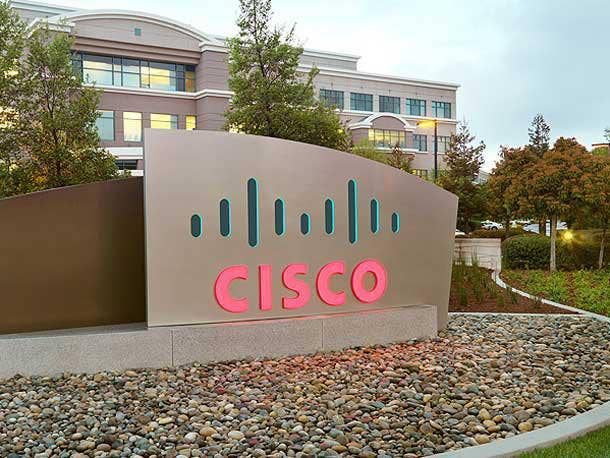
Cisco in the Spotlight
It’s telling that Cisco’s biggest news stories of 2022 don’t consist of a slew of new product launches. That’s because the tech giant has been on a mission for the last four years to aggressively pursue software and services business and shift away from hardware. Cisco’s CEO Chuck Robbins revealed the next major step in the company’s transformation in 2021, vowing to transition the majority of its portfolio to an everything-as-a-service model.
And the San Jose, Calif.-based networking behemoth is making good on its promise in 2022. Robbins spoke with CRN at the beginning of the year to stress the importance of Cisco Plus, the company’s
everything-as-a-service (XaaS) strategy. He stressed that Cisco can’t make the business model transformation without the help of its expansive partner base.
But 2022 has brought with it some unique and unexpected challenges, from a war, to a global supply chain crisis in which Cisco has not been immune. The company announced it was ceasing operations in Russia and Belarus in May following Russia’s unprovoked invasion of Ukraine. Then, supply chain constraints led to a record product order backlog that was up 130 percent year over year and flat revenue growth during its fiscal Q3 2022, a trend that is expected to continue for the rest of the company’s fiscal year.
Then there were the executive moves. Gerri Elliott, a member of Cisco’s Executive Leadership Team retired in May and longtime security leader Shelly Blackburn left the company and was replaced with Proofpoint’s former vice president Raj Chopra.
From software acquisitions – confirmed and unconfirmed – to supply chain challenges and brand-new business strategies getting off the ground, here are the 10 biggest Cisco news stories of the year, so far.

10. Cisco Scoops Up Software Company Opsani
Cisco kicked off 2022 by announcing its intent to acquire Opsani in January, a privately held enterprise software company and based in Redwood City, California, for an undisclosed sum.
The two companies said that the acquisition, which was closed in February, will strengthen Cisco’s observability business, AppDynamics. Now together, Cisco has grown its product and engineering team and expanded the AppDynamics platform’s capabilities to better observe enterprise-scale, cloud-native environments.
Cisco’s Opsani buy at the beginning of the year followed the company’s 2021 acquisitions of observability vendor Epsagon and software company replex, which Cisco said underscores its continued investment in its full-stack Observability strategy.
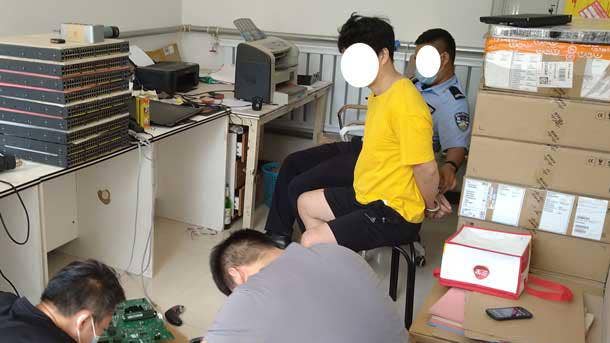
9. Cisco Warns About Gray Market Activity, Counterfeit IT Gear
The global supply chain challenges and material shortages aren’t only slowing manufacturing and shipping. It’s also leading to a rise in gray market activity, as well as something more nefarious: a surge in counterfeit IT products, Cisco said in April.
The gray market, or products sold legally outside of the brand’s permission by unauthorized dealers, has long been a challenge for IT vendors like Cisco. But the disruption of global supply chains that have resulted from the COVID-19 pandemic has made lead times for procuring technology hardware substantially longer, which has led to customers and even channel partners, looking outside of Cisco’s authorized channels to get their hands on new products faster. This issue has resulted in a spike of counterfeit activity for Cisco in 2022, said Al Palladin, Cisco’s legal director of global brand protection.
Cisco and its colleagues in the Alliance for Gray Market and Counterfeit Abatement (AGMA), which includes the likes of HPE, Juniper Networks, and Microsoft, have estimated the economic loss to channel partners exceeds $100 billion a year. From a Cisco perspective alone, the company estimates $1.2 billion a year in losses to Cisco partners that are displaced by other partners winning deals with counterfeit, or low-quality gray market gear or customers purchasing outside of the Cisco supply chain.
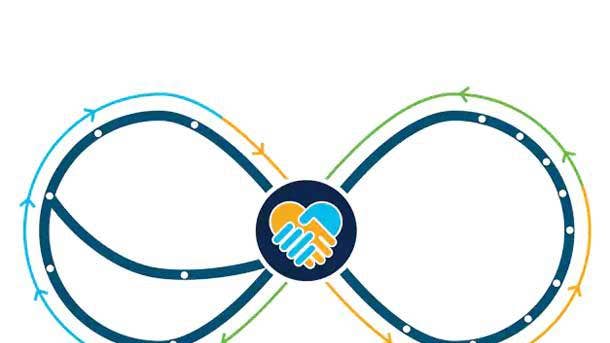
8. Cisco Launches Partner Journeys To Ease Business Transformation
In May, Cisco rolled out Cisco Partner Journeys, a new platform that supports partners across five different transformation “journeys” or paths, including creating and selling business outcomes, building a lifecycle practice, or adopting new buying models or co-selling alongside other partners.
The latest partner platform consolidates content, resources, tools and processes from Cisco with instructions for partners on how to take advantage of each resource. That’s because Cisco was hearing from partners that Cisco is really complicated and so is the transition to managed services and XaaS. Partners wished they had a map for working with Cisco, Julia Chen, Cisco’s vice president of partner transformation, told CRN at the time.
The five journeys that were made available in the initial launch of the platform include: Co-Sell with Cisco’s Ecosystem, Build on Cisco, Qualify your solution for the Meraki Marketplace, Up-level your marketing, and Build a managed services practice leveraging Cisco Elevate. Partners can pick which path they’d like to pursue on their own time and follow the roadmap for each of the five journeys, according to Cisco.
“We’re trying to make it easier … by allowing [partners] to have a roadmap for whichever journey they want and it’s stitching together a lot of the relevant collateral -- the tools, the programs, the resources, the website -- in a map for them for whichever one that they want to use,” Chen said.
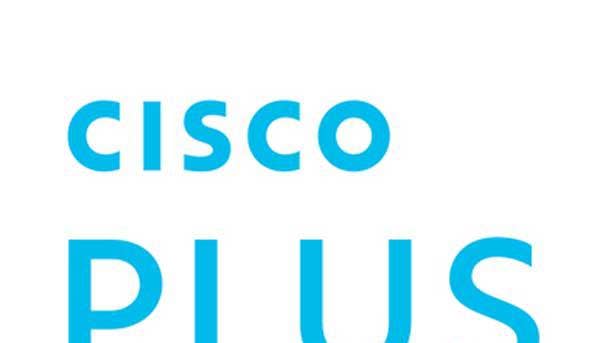
7. Second Cisco Plus Xaas Offer Launched
Introduced toward the end of 2021 was Cisco’s first XaaS offer; Cisco Plus Hybrid Cloud, which includes Cisco’s entire data center compute, networking and storage portfolio. The company in June took to RSA 2022 to launch its second, and highly anticipated Cisco Plus offer: Cisco Plus Secure Connect Now.
Secure Connect Now, available now in several countries, is a unified security and networking offering. The solution gives partners and enterprises a “turnkey” solution for the quick deployment of SASE that can be operated and managed through the cloud on an as-a-service subscription, Jeetu Patel, executive vice president and general manager of Security and Collaboration at Cisco, told CRN just ahead of the announcement.
Cisco Plus Secure Connect Now has been built on a foundation of Cisco’s cloud-first Meraki platform and is accessible via the Meraki dashboard. The offering contains Meraki SD-WAN and Cisco Umbrella security functions, Patel said.

6. Longtime Security Leader Shelly Blackburn Leaves, Restructure Ensues
News broke in May that Shelly Blackburn, vice president of the Cisco global security sales specialist organization, revealed her plans to step down after 22 years with Cisco, reportedly citing “personal reasons.“ Prior to her departure, Blackburn was overseeing the company’s Security Sales Specialist Organization, which was formed in 2015 as an independent unit within Cisco to market its sales portfolio to customers and provide technical support.
Cisco then announced a restructuring of its security product team. Former Proofpoint Vice President Raj Chopra is slated to join Cisco as the new senior vice president of product management for newly consolidated Cisco Security group which was previously broken up into specific units and led by individual general managers. The tech giant has not yet confirmed his start date.

5. Supply Chain Struggles, Record Backlog Impact Cisco’s 2022 Earningss
The tech giant during its Q3 2022 earnings call in May revealed a record-breaking customer software and product order backlog to the tune of more than $15 billion, which was up 10 percent sequentially and up 130 percent year over year. Robbins said that Cisco is mitigating supply challenges by working closely with the company’s key suppliers and contract manufacturers and paying significantly higher logistics costs to get the components where they’re most needed.
“We are constantly evaluating our global supply chain,” said Cisco’s CEO Chuck Robbins earlier this month. “It’s not about one country, it’s about resilience. And the way we’ve designed supply chains over the last 15-20 years as an industry -- I think we all realize we’re evolving that now at the same time that we’re triaging all of the current issues that we have.”
Still, the company’s stock fell more than 13 percent in after-hours trading after Cisco’s Q3 2022 earnings call as it reported flat revenue growth for the quarter and said it was forecasting revenue declines for its next fiscal quarter, Q4 2022.
Despite the company’s supply chain challenges, however, Cisco held onto its crown for the third consecutive year as the leader of research firm Gartner’s Global Supply Chain Top 25 report. Gartner cited Cisco’s “continued focus on adapting in various ways to the changing environment both internally and externally,” which led to the company’s high marks in the report that was published in May.

4. Cisco ELT Member Gerri Elliott Retires
January saw the announcement that Gerri Elliott, Cisco’s executive vice president, chief customer and partner officer since 2018, was retiring.
Elliott joined Cisco in 2018 as its chief customer and partner officer, but the longtime tech leader has held a variety of impressive positions working for some of the largest leaders in the tech industry. Before Cisco, she spent more than five years as executive vice president and strategic advisor to the Juniper Networks’ CEO. She held a variety of positions during her tenure at Juniper, having also served as chief customer officer and chief sales services and support officer for the company. Prior to her time with Juniper Networks, Elliott served as corporate vice president, worldwide public sector for Microsoft for more than seven years and IBM, where she led the company’s North American Distribution sector.
Succeeding her as of May 1 was Jeff Sharritts, the company’s former senior vice president of Americas, who joined the ranks of Cisco’s Executive Leadership Team as executive vice president and chief customer and partner officer this Spring, according to the company.
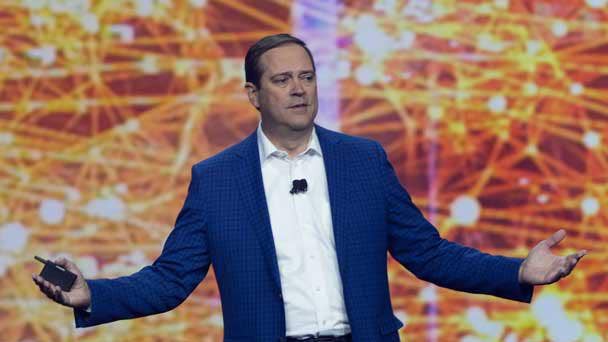
3. Robbins Promotes Cisco XaaS In The Wake Of Company Transformation
It’s safe to say that Cisco has been going through a metamorphosis from hardware heavyweight to software giant. CEO Robbins is now heads down focused on taking the company through another transformational journey with the Cisco Plus as-a-service strategy, which allows customers to purchase Cisco IT in a flexible, consumption-based Everything-as-a-Service (XaaS) model.
CEO Robbins in February broke down the importance and opportunity around Cisco Plus, the company’s plan for delivering, eventually, its portfolio as a service, in an interview with CRN. Cisco Plus gives customers flexibility, while giving Cisco and its partners predictability of future revenue. That predictability, said Robbins, allows the company to be more assertive.
Robbins said that 2022 is especially important because the company is in the middle of proving that “these technologies are going to work, they’re going to scale and customers are going to adopt them.” He said the second half of 2022 will be critical to the company’s XaaS strategy, especially as fully baked Cisco Plus offers hit the market.
“The thing I’ll tell you is that when we make those changes, we make them together. We don’t want to be at odds with what our partners are trying to accomplish,” Robbins told CRN.

2. Cisco Halts Business In Russia
The tech giant in March made historic moves when it announced it was stopping all business operations, including sales and services, in Russia and Belarus for the foreseeable future as a direct consequence of Russia’s unprovoked invasion of Ukraine.
Cisco enabled auto-renewals on any software or services for Ukrainian customers at no charge and extended one free year of Webex meetings. The company also providing free calls to Ukraine in support of customers and partners in the country.
The company also beefed-up security to help protect organizations in Ukraine from cyberattacks, safeguard the privacy of institutions in Ukraine and the region, and to help the Ukrainian government secure its infrastructure. That work, said Robbins at the time, was being done by Cisco’s Talos threat intelligence team, one of the largest commercial threat intelligence teams in the world.
Cisco joined some of the largest IT leaders in the country that have also said they are joining in historic sanctions against Russia, including Apple, Microsoft, Oracle, Google, Intel, AMD, HP Inc., HPE, Dell, and others.

1. Cisco Reportedly Interested In Buying Splunk For More Than $20B
In what would be a monster acquisition for the tech giant, Cisco in February reportedly put down a takeover offer for Splunk worth more than $20 billion, the Wall Street Journal reported at the time.
The reported deal would be the largest price tag that Cisco has ever paid for company. A Cisco-Splunk tie-up would combine Cisco’s strength in network security with San Francisco-based Splunk’s strength in data-focused security operations. If the deal went through, it would close gaps in Cisco’s security portfolio and complement its growing observability business, solution providers told CRN in February.
Robbins, for is part, addressed the reports regarding a proposed deal with Splunk during the company’s earnings call later that month.
“We are always disciplined and continue to focus on organic and inorganic opportunities … You should expect us to continue to be very disciplined as we move forward,” Robbins said at the time. “We are constantly evaluating potential opportunities. For every deal we do, we probably look at 10-15 companies. We base our decisions on strategic fit, cultural fit, and equally as important, the financial and evaluation fit.”